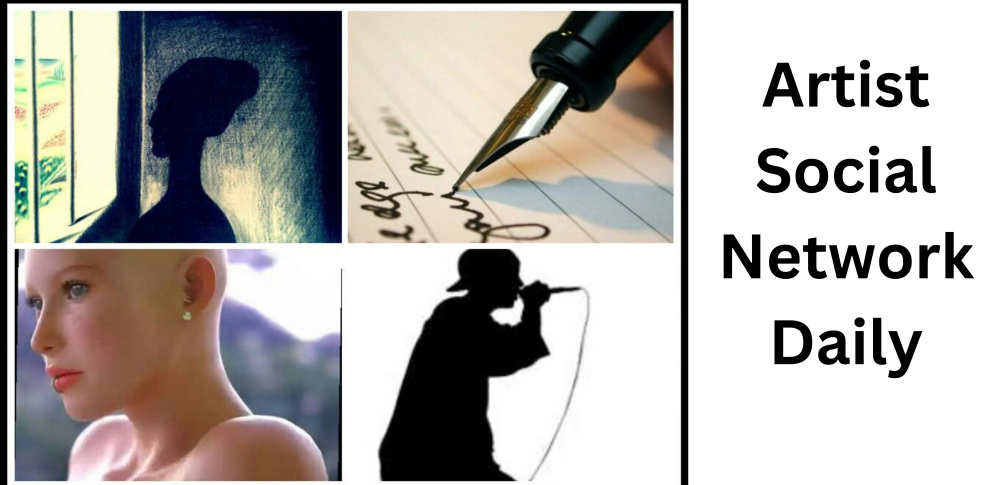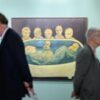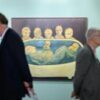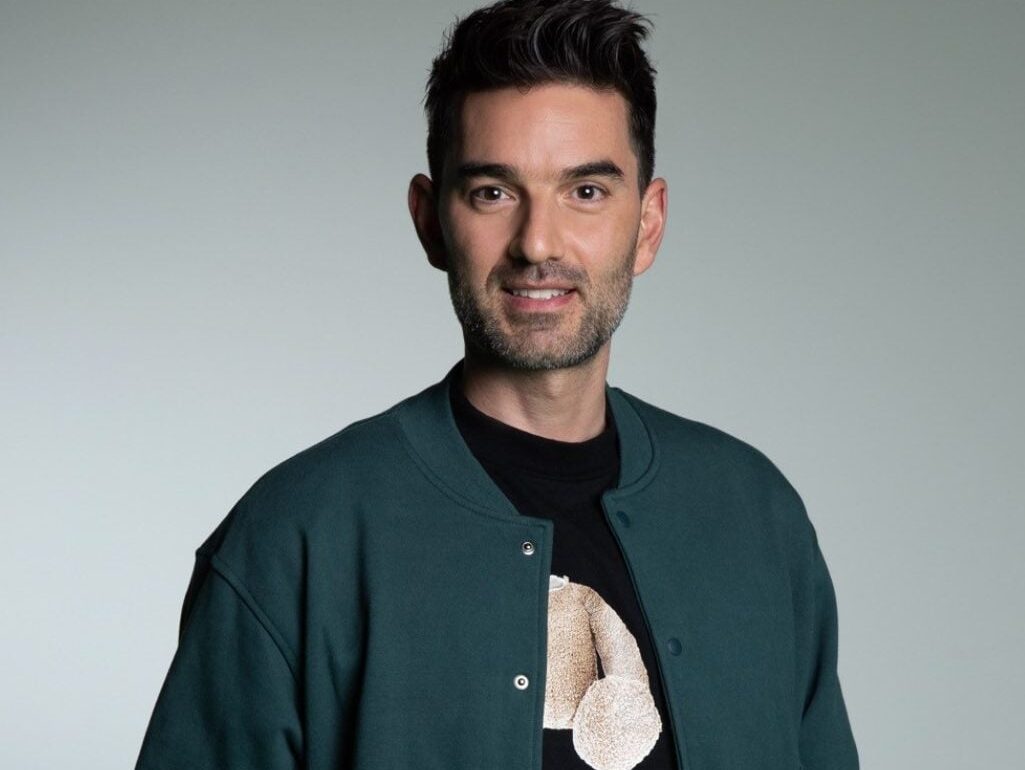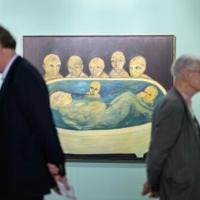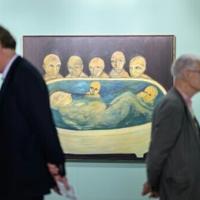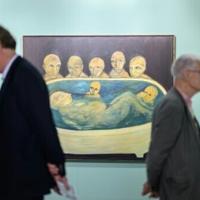Humans have always been storytellers. Whether through chats around a fire, paintings on a cave wall or contemporary social media, the instinct to share stories is ingrained in who we are. Storytelling is how we communicate and how we connect. And it’s an integral part of marketing, especially for something as creative as a cultural festival. With the Abu Dhabi Festival, the story has been shaped and refined for over two decades. So, how do we continue to evolve, while honouring its core values and innovating for a new and changing audience?
A strong story starts with a strong identity. Think of major festivals around the world: the Edinburgh Festival, celebrating creative freedom; The Salzburg Festival, one of the most prestigious and long-standing arts festivals in the world; The Aix-en-Provence Festival with its world-class opera productions and innovative stagings, the historic Venice Biennale, recognised as the Olympics of the art world. Each has an identity by which it’s known – a cohesive, compelling narrative that defines it and differentiates it from its peers. The Abu Dhabi Festival identity is defined by connection which, to me, lies at the heart of storytelling.
In the world of arts and music, where emotion runs deep, loyalty is built through genuine, two-way interaction. As marketing professionals, our role is to create a connection. We must ensure that festivals aren’t seen as simply entertainment, but as experiences that resonate, that spark emotion and a sense of belonging.
This means creating a level of accessibility to democratise the arts and meet people where they are. We must offer multiple entry points for discovery, learning and dialogue. This approach shifts the narrative from exclusivity to inclusivity, amplifying the message: everyone is welcome.
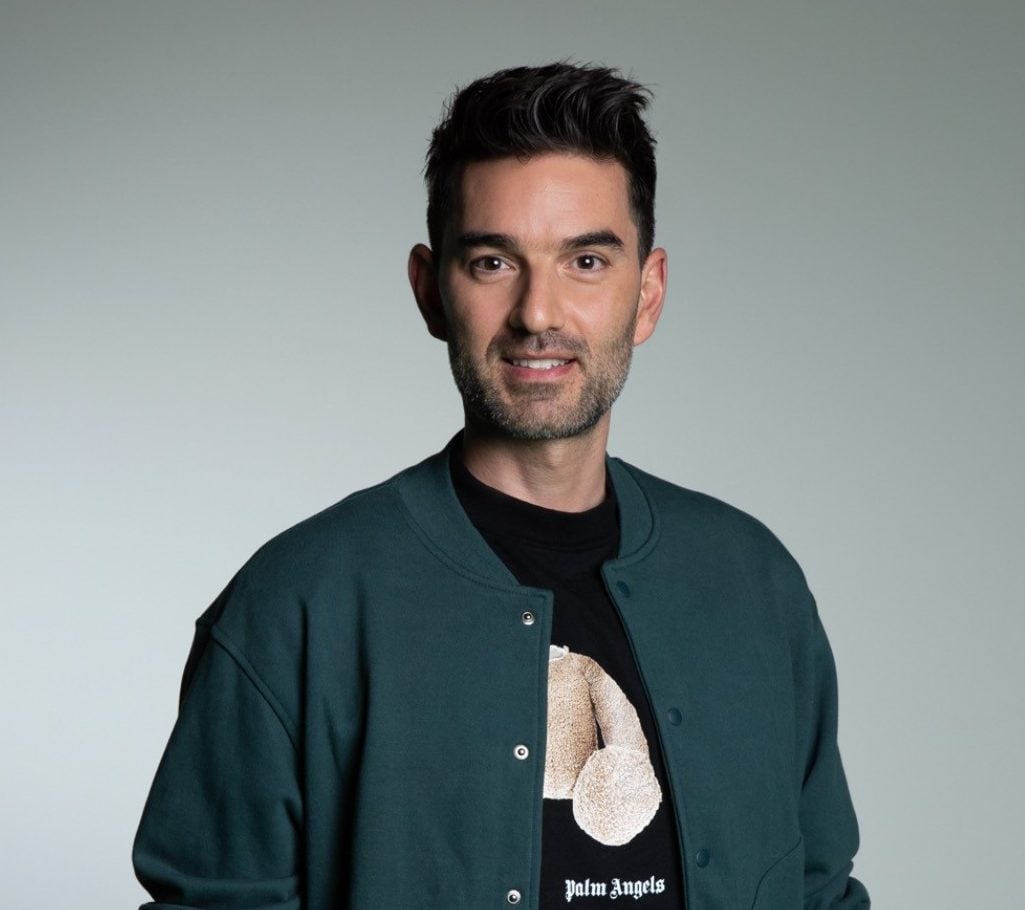
Inclusivity and authenticity underscore our brand identity. We carefully navigate cultural authenticity with global appeal; respecting our cultural identity yet being entirely inclusive and welcoming. Our identity is tied to a larger narrative, one which aligns with the nation’s cultural ambitions, and which contributes to the advancement of Abu Dhabi’s vision to become a global force in culture and the arts. This broader context is just as important to the storytelling process of a festival as the event itself.
For marketers in the arts and culture world, real magic lies in striking the balance, respecting legacy while speaking the language of now. It’s about storytelling that stays true to our roots, yet feels fresh, relevant and alive in the formats today’s audiences actually want to engage with.
That’s where digital steps in, not just as a tool, but as a gamechanger. It’s helped us tune in to younger audiences, uncover new demographics, and most importantly, make sense of it all through data. We’re no longer just counting attendance, we’re measuring impact.
With more than 50,000 attendees annually and a recent socio-economic impact study showing a contribution of AED 61.6 million to Abu Dhabi’s economy as reported by ‘Nielsen’, the numbers speak for themselves. From tourism and ticketing to hospitality, retail and employment, the Festival is not just an experience, it’s an economic driver with a cultural soul.
But beyond the numbers, long-standing festivals like Abu Dhabi Festival thrive on something more profound: reputation, trust and influence built over time. In recent years, the Festival has marked some incredible cultural milestones: a landmark co-production with Opéra National de Paris—their first ever with an Arab organisation; the upcoming regional debut of a co-curated exhibition with the Seoul Museum of Art’ right here in Abu Dhabi; and unforgettable performances by Emirati artists at global cultural icons like The Met, Kensington Palace, and Carnegie Hall. In 2024, that legacy was recognised when the Festival was named Best Classical Music Festival in the Middle East by the BBC.
These successes aren’t incidental. They’re the outcome of long-term brand building and intentional, purpose-driven marketing. I’d say consistency is key, but it’s often misunderstood. In a world that demands constant novelty and immediacy, consistency of actions can be mistaken for playing it safe. But in reality, it’s what makes a brand recognisable, trusted and grounded. It gives us the foundation to evolve meaningfully. Consistency doesn’t limit creativity, it anchors it. It’s what lets us try new things, explore new audiences and stay fresh without ever losing sight of who we are.
Take our current Festival’s creative direction, for example, which is familiar in essence, yet refreshed through new elements and approaches that bring renewed vibrancy. We’ve embraced a ‘moving spotlight’ visual concept, using shadows and colour to shift focus across movements, artists and ideas in our assets. This dynamic design mirrors how today’s audiences engage with culture: through curated, bite-sized experiences. It sparks discovery, holds attention and reflects the rhythm of storytelling, all while preserving the Festival’s artistic depth.
Festivals need to continuously innovate, provide transformative experiences, and update how we deliver messages to attract new audiences while staying true to their legacy and identity. It’s a delicate dance of evolution and preservation, and it’s what keeps a festival both culturally relevant and emotionally meaningful. For marketers navigating the festival space, the takeaway is this: It’s not about doing more, it’s about doing it meaningfully and giving back to the community.
Make your festival accessible. Spread your content across time, space and formats. Meet your audiences where they are. Use your data to listen before you speak. Adopt technology to make room for creativity in your storytelling. And keep your finger on the pulse of the people you serve, because in arts and culture, connection is everything.
By Jean-Pierre Rouphael, Head of Marketing and Business Development at ADMAF
This post was originally published on this site be sure to check out more of their content
